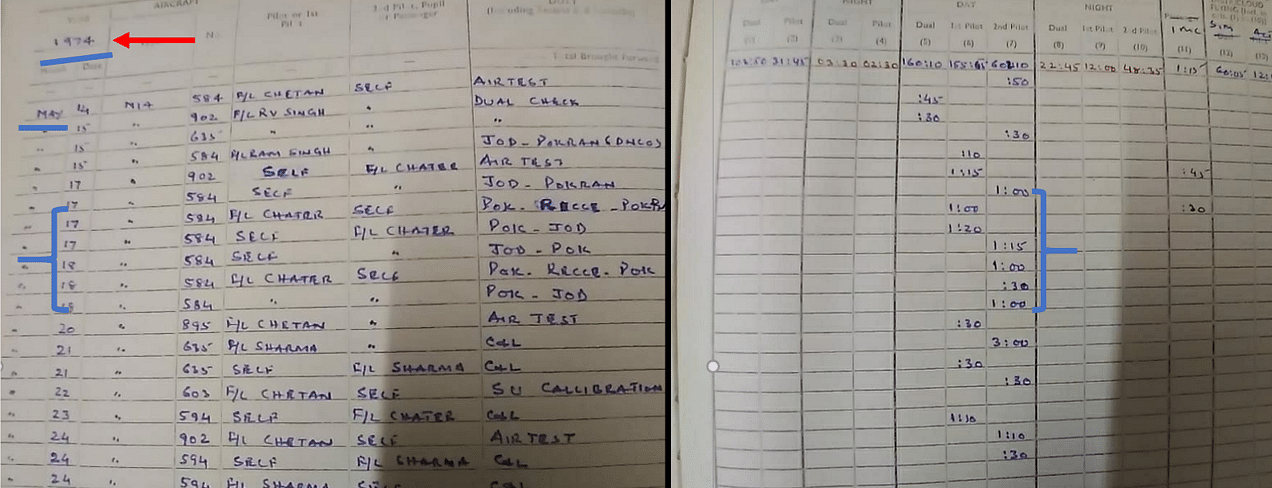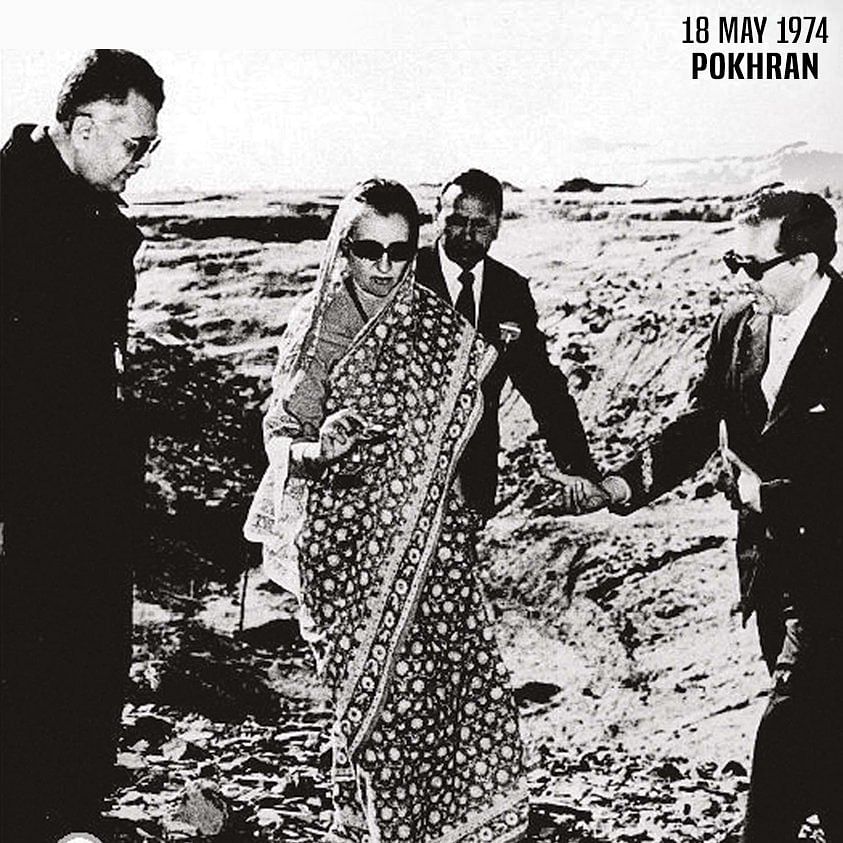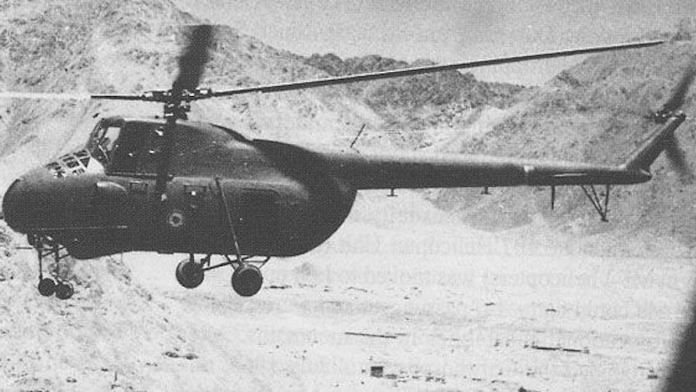Buddha smiled for the first time on 18 May 1974 in the deserts of Pokhran. I was a fourth-term cadet at the National Defence Academy and the news galvanised us all. Someone heard it on his (illegally held) transistor and then I remember running to Gol Market, our shopping centre, to buy a newspaper to read about it. But the import, other than the euphoria, that we had ‘joined’ the nuclear club and that no one could mess with India now, soon receded in the background; for us cadets, it was back to the ragda, or grind, of Academy life while the nation went about fighting the crippling embargoes that were applied by the West thereafter.
The smaller-than-Hiroshima device that was used in that peaceful nuclear explosion resulted in huge tremors in Western capitals, but what galled them most was the fact that all their preying satellites and CIA agents in India did not see it coming. Even in India, only a few scientists and some Army top brass were privy to the test – news reports of those days say that even the defence minister came to know after the earth shook in Pokhran.
Except that, aerial recces of the test site before and after the nuclear test were necessary and hence this information could not be held back from a select Indian Air Force helicopter crew.
Flt Lt KDS Sambyal and Flt Lt Mike Chater were posted in 107 Helicopter Unit based at Jodhpur and were tasked for a mission to Pokhran range on 17 May 1974. As Wing Commander Sambyal reminisces now, they flew their piston-engine Mi-4 and landed at Pokhran to take a few persons in civil clothes on board for a recce of a desolate area in the ranges. He remembers a conical iron structure jutting out in the skyline and some tin barracks over which they flew; in fact, he and the other pilots of the unit had been seeing this for almost a year but took it to be some jigs and infrastructure for oil exploration being carried out there. As his logbook shows, the crew returned that night to Jodhpur, oblivious of what they were in for the next day.

Also read: How Pokhran nuclear tests kicked off a year that changed India-Pakistan ties forever
Two IAF pilots in the know
The two young pilots took off early next morning, 18 May 1974, in Mi-4 cowl number Z‑584 and landed at Pokhran. This time, as WingCo Sambyal remembers now, a person came up and introduced himself as Dr Homi Sethna, chairman of the Atomic Energy Commission; he had a bottle of Coke in his hand, which he offered to the pilots! Taking them aside, he said that he was going to let them in on top secret information that had national security implications. A nuclear blast was going to be conducted, and that they were “hereafter, not free to go back to Jodhpur unless specifically cleared.” WingCo Sambyal remembers being confined to a tent when there was a huge blast in the distance and the ground shook beneath their feet.
The blast and the tremors petrified the mess staff and others who were not in the know. Then, two scientists, grinning from ear to ear, came to the helicopter – one was Dr Sethna and the other was Dr Raja Ramanna, the father of the nuclear device. The helicopter took off with some instruments, which WingCo Sambyal says must have been Geiger counters to measure any radioactive fallout that may have escaped from the underground blast site. On reaching close to the site, WingCo Sambyal remembers seeing a dust cloud, around 300-odd metres in diameter, moving away from the crater that had formed. They ‘chased’ the dust cloud, staying clear of it by 200 metres or so.
In a Mi-4, the cockpit is perched higher than the passenger cabin. The scientists would climb up the ladder leading to the cockpit and take photographs and readings on their instruments. Was any special clothing given to them to shield them from any radiation, I asked him.
“What special clothing? We were in our normal flying overalls and sweating like mad in the searing May heat of Pokhran as the cockpit windows were kept closed. But there are a hundred places from where air entered a Mi-4 and had there been any radiation that had escaped, we would have surely been exposed,” WingCo Sambyal replied.
In the event there was none; the Army Engineer regiment tasked for the drilling had done a fine job.

Also read: Raja Ramanna: Scientist who put India on nuke map was a Mozart fan, Sanskrit scholar
Buddha smiled twice
Wg Cdr Michael Glen Chater, the other pilot, is not around to recount what he remembers of that historic mission. Many years back, he emigrated to the UK and passed away in 2015. Wg Cdr Sambyal stays in the NCR.
“But for this Covid, I would be on the golf course every morning,” he told me.
Life throws up very interesting tid-bits for helicopter pilots, especially if one has donned the blues of the Indian Air Force. Surely, when the Buddha smiled the second time on 11 May 1998, there would have been some IAF chopper jocks who were in on the secret. Tell us your story, guys!
The author is Addl Director General, Centre for Air Power Studies, New Delhi. Views are personal.
(Edited by Neera Majumdar)



